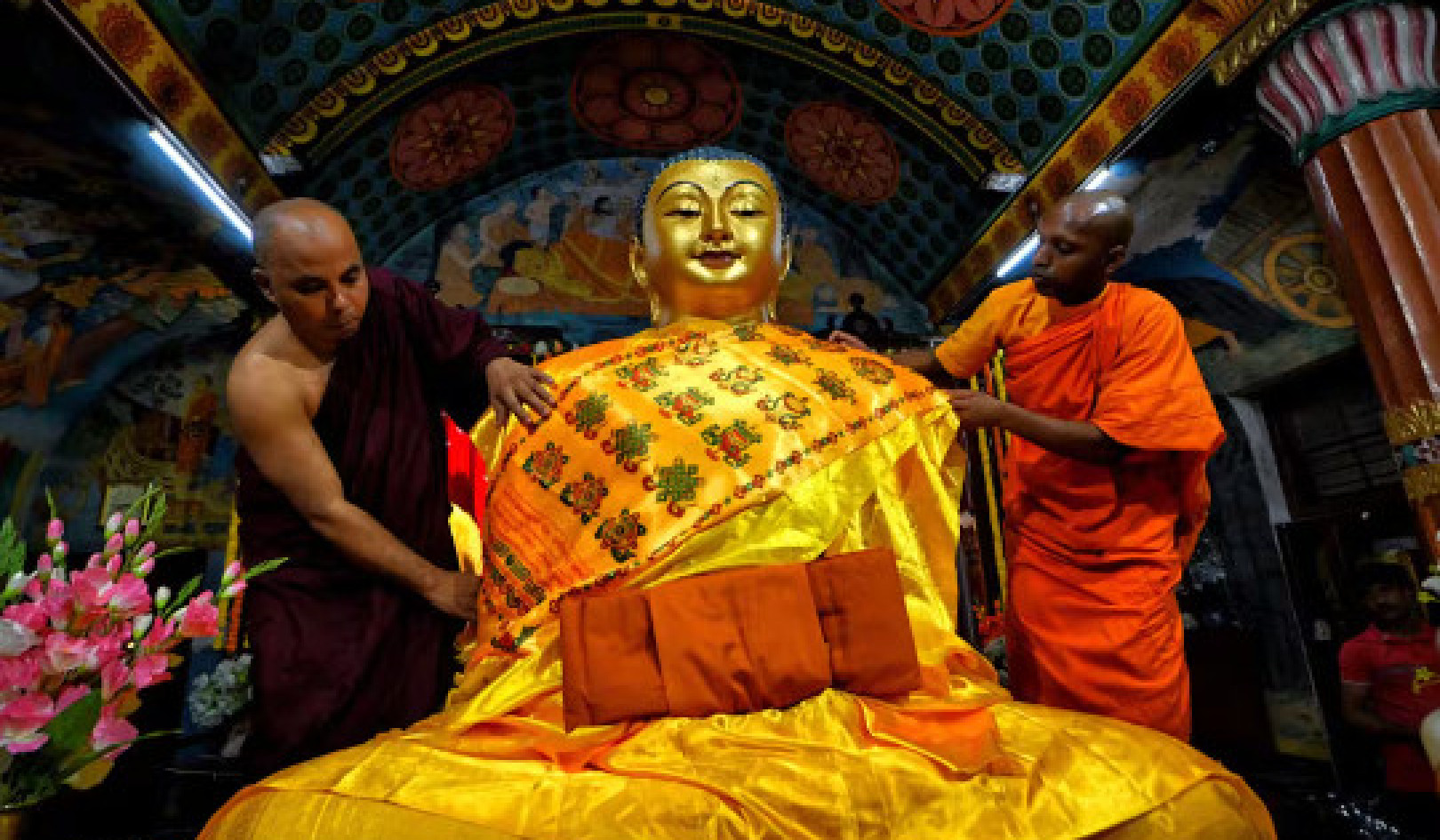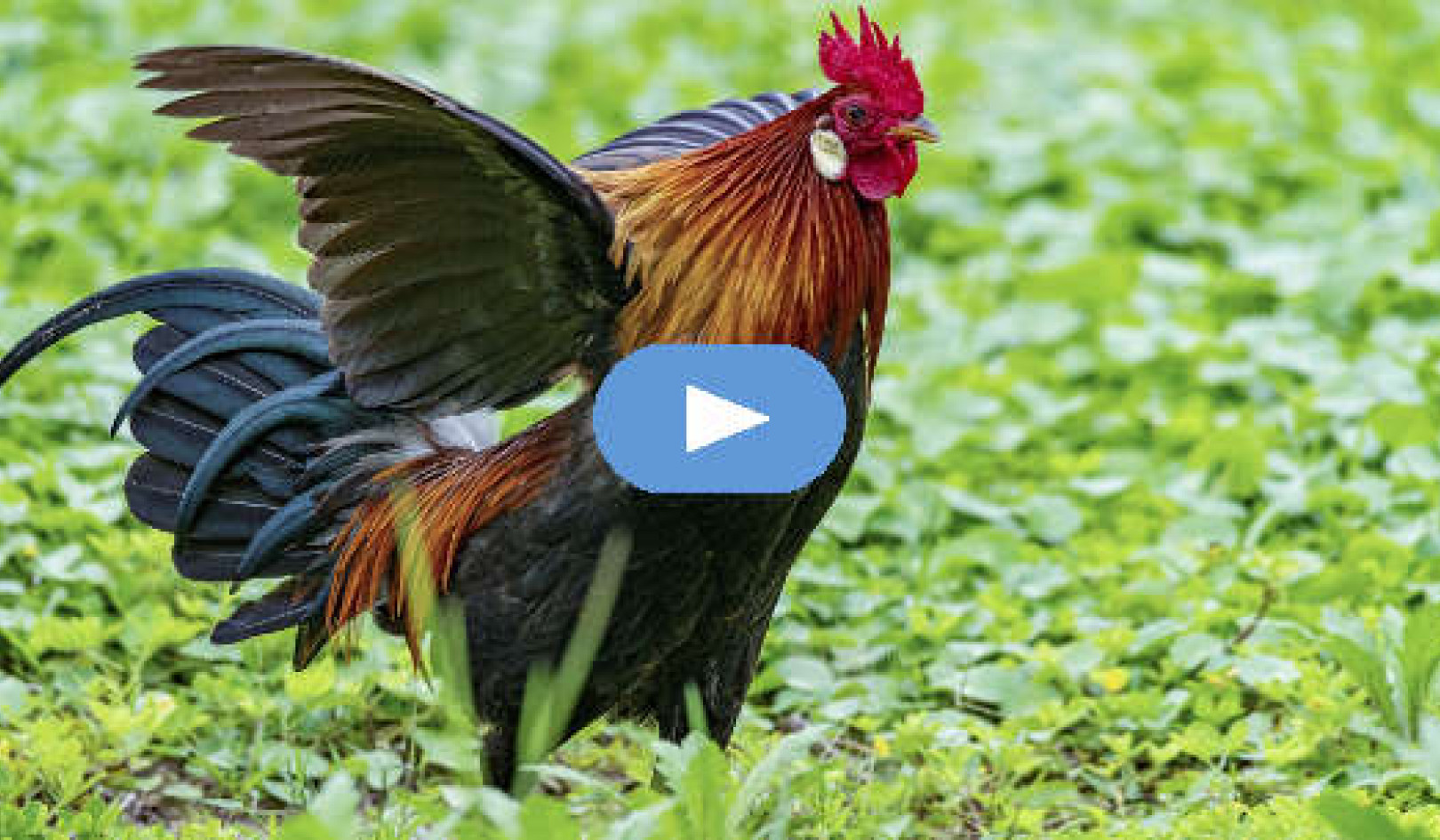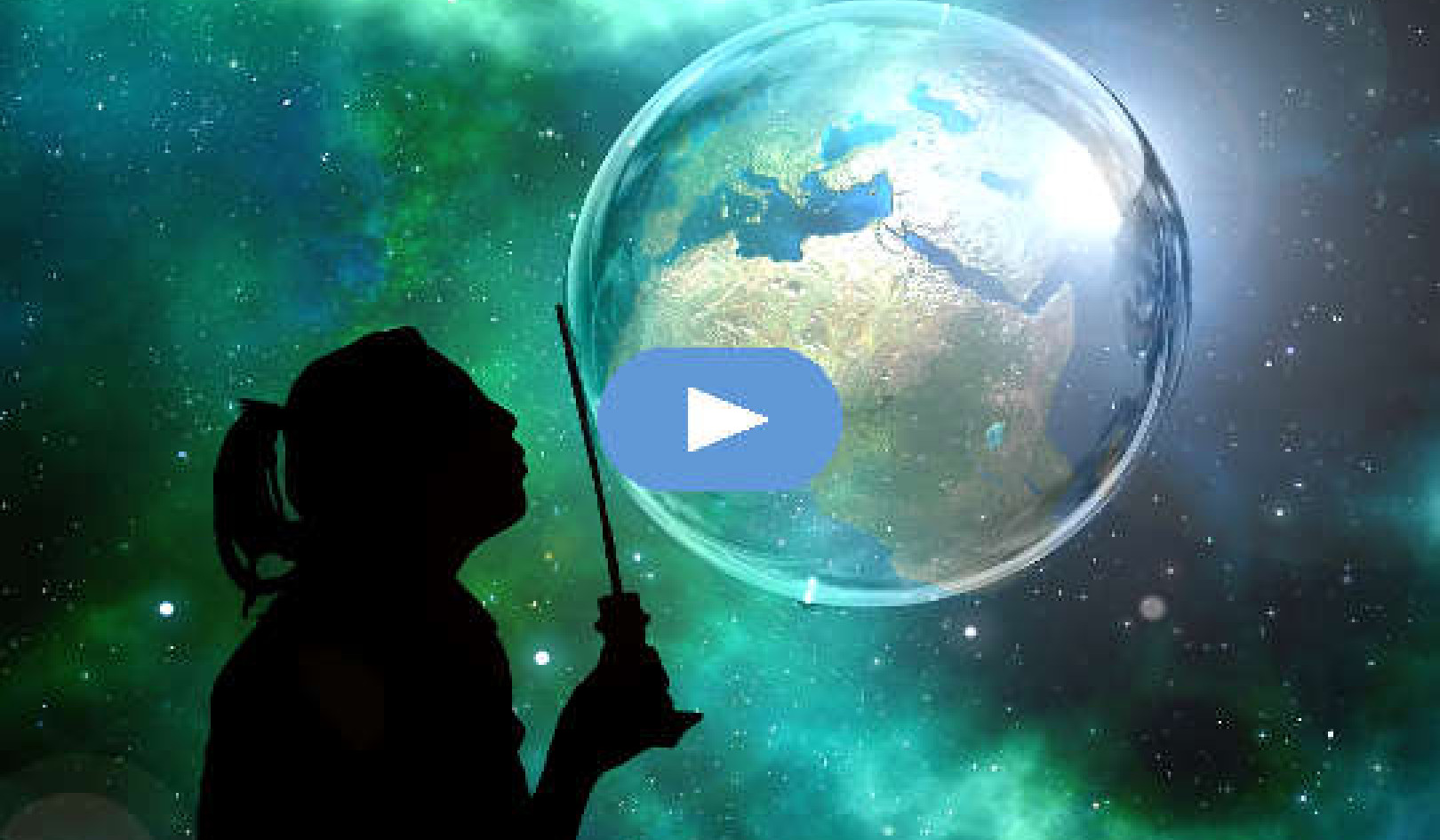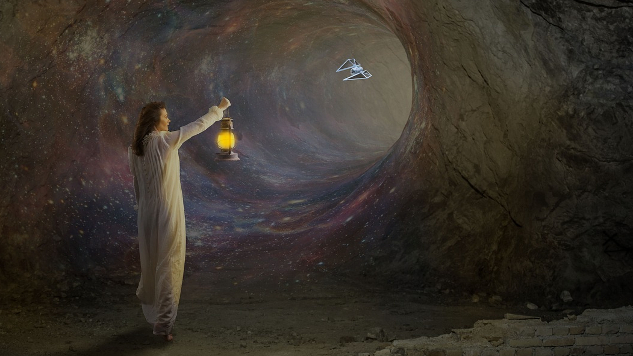
Image by Lothar Dieterich
The poem I Carry Your Heart with Me by E. E. Cummings expresses beautifully how one can live creatively and function well in the world. It says that when you carry the heart of the other, of the world, or of God within your own heart, life becomes “the wonder that’s keeping the stars apart.”
Carrying the heart of the other, being in the shoes of the other, expressing empathy and compassion are manifestations of our being that connect us, but also keep us apart. That we are individuals living in unity is the wonder of the world.
The Ideal: Living in Peaceful Unity
Living in peaceful unity seems like an ideal because who has not occasionally strayed from that to experience worries, anxiety, uninhibited thoughts, overwhelming feelings, and seeing no way out of difficult circumstances? When the effects of these life experiences persist and change our mood, rational deliberation, and behavior, they disrupt the normal flow, joy, and unity of life. They obscure its wonder.
When this disruption turns unmanageable, it becomes the basis for physical and mental disorders, both autoimmune and emotional, heart problems, addictive behaviors, and suicidal ideation. Even worse, if negative ideations become a recurring issue, psychopathology is the inevitable consequence.
While the pressures of life exacerbate such difficulties, over millennia, many have recognized that the root of the problem is our fearful and uncontrolled mind, one centered on ego-based rumination. Indeed, in a not very flattering description, Siddhartha Gautama, the historical Buddha (c. 5th to 4th century BCE), recognized this core predicament as the singular psychological basis for human suffering 2500 years ago. He used the term “kapicitta,” meaning monkey-like mind, to describe it. He said,
“... just as a monkey swinging through the trees grabs one branch and lets it go only to seize another, so too, that which is called thought, mind or consciousness arises and disappears continually both day and night.”
The Problem of the Uncontrolled Ego-Based Mind
My professional and personal life experiences have given me a solid education, grounding, and a measure of understanding of this problem of the mind. As a scientist and then spiritual seeker for many years, I searched for answers to the uncontrolled mind conundrum and the problems it raised in my life. The combined wisdom from these two aspects of my life finally helped me understand the problem and how to overcome it. I encountered wisdom accumulated over centuries.
Controlling Mental Chaos: Harnessing the Power of the Creative Mind recognizes the problem in its modern context, in which we use science as the language of investigation, knowledge, and understanding. I combine this scientific understanding with a more personal understanding of the mind based on my encounter with Zen Buddhism. Thus, I assume that recognizing and understanding the problem from these two perspectives makes it easier to become open to balancing and implementing solutions to the problem.
The outcome for me was a recovery and nourishing of my Original Mind, what Buddhists understand as the mind at birth, which has an attitude of openness, eagerness, and lack of preconceptions. Such a mind helped me step into creative living. The optimal way to achieve this outcome is by focusing on the present moment.
Unlike secular-based meditation programs that focus mainly on stress reduction, the more comprehensive insights of Buddhism and mindfulness provide a greater ethical context and target the roots of suffering, including the stickiness of thought. This leads to deeper and longer-lasting experiences of inner freedom.
Practicing present moment awareness is a mindfulness technique that changes the expectations concerning the mind’s rumination process. This approach literally stops anxious, unmanageable thoughts in their tracks. Its effect is immediate and, with practice, long-lasting.
Accessing the Vast Intelligence of Original Mind
Intuition is the interface, or direct access, to the vast intelligence of Original Mind. Cultivating this access, following transformation of uncontrolled mind to Original Mind, helps one make better decisions and provides the confidence needed to move forward. There are two parts to address the uncontrolled mind problem and recovery of Original Mind. The first part involves self-parenting, which means consciously choosing the relationship you want to have with yourself, as if with a loving parent. The second part is learning to live in the present moment. Both parts require practice, practice, practice, until the behavior becomes habitual and natural-just like any skill you have learned in life.
Rhere are four stages necessary for a deeper dive into the how you can control the chaos and harness the creative power inherent in the mind. This involves: Recognizing the problem; Understanding the solution; Finding Balance and Implementing answers. For readers who take this deeper dive into RUBI, the potential reward is a resolution that can range from temporary to permanent, depending on your level of commitment. The uncontrolled or monkey mind will give way to Original Mind and you will live more joyfully and productively. But only if you make the commitment to changing perception and awareness—the easiest and hardest things a person can do.
You can learn to understand and maintain control of your mind to live a creative life, which means a life lived with conscious and curious awareness and as the most natural state of being. Living in this state will bring joy to the rest of your life, unburdened by fear and anxiety and in touch with a source of infinite wisdom.
Regaining your Original Mind is the straightforward part. Getting rid of the bad habits of monkey mind is where the hard work takes place. Good luck on the journey toward an enlightened self, and may you come out of this process happier and wiser than you have ever been.
Recognizing the Problem
During her dark night of the soul, Stephanie believed her shyness, insecurity, low self-esteem, fear of failing, lack of a social network offering support, and lack of trust in others caused her problems. It was a litany of weaknesses she knew well by heart, as her inner critic constantly reminded her. It came as a significant surprise when Stephanie made the connection that perhaps the problem lay not in her own weak self, but in the storyteller's truthfulness. Questioning that assumption led her to realize that most of the problems she faced had that inner voice as the single source. Why should she believe it? Stephanie tried telling herself more positive stories, but the energy of that original voice kept coming back and overwhelming her. Then, Stephanie realized that her inner critic seemed rather like a wounded child, immature, and fixated on events that happened to her as a teenager. It was then she understood that this inner narration represented a real aspect of her life, and rather than trying to cover it up, she accepted it lovingly. It was the beginning of healing her ego-self separation.
The Root of the Ego-Self Separation
Recognizing the problem of an uncontrolled mind means first acknowledging there is a problem. And the fundamental issue is the apparent separation between ego and true self. This was the major lesson I learned on my journey of discovery. I was responding to life with a false sense of self. And this made me volatile, irresponsible, uncaring, and depressed.
Yet, slowly, I noticed another perspective that seemed more genuine, calmer, and caring. Once I began identifying with this truer self, I knew I was on the way to recovery and to a more genuine and joyful life.
Insight into the Illusion
If you experience the continuous existence of a calm mind in the middle of repeated mental storms, does it not suggest that your mindstorms, like actual storms, are temporary and self-created? Indeed, after my many years of practicing mindfulness meditation, I am convinced that emotional storms are experiences we create and, therefore, can choose not to elaborate and make real. This level of control does not mean you become numb to life. In fact, the opposite is true. I became more emotionally sensitive, although not wildly reactive.
Psychologist Mihaly Csikszentmihalyi describes what occurs when life encounters Original Mind, an experience he associates with a concept called “Flow.” Csikszentmihalyi concludes that this “optimal state of consciousness where we feel our best and perform our best” correlates with outstanding creativity and performance. He also found that people find genuine satisfaction during this state of consciousness. Flow absorbs an individual in an activity involving creative skills. In this state, individuals are “strong, alert, in effortless control, unselfconscious, and at the peak of their abilities.”
Some psychologists argue it is impossible to experience flow when other distractions disrupt the experience, and therefore suggest one must stay away from distractions in this modern, fast-paced life. There is some truth to that advice, but is it really possible to stay away from distractions?
My experience suggests once you have seen through and set aside ego-based rumination and the virtual me, what remains is Original Mind and the free flow of thought is the natural state. There are no distractions, as they become “grist for the mill,” meaning that this new mind considers everything it experiences as the basis for new learning. The discovery is permanent, with no going back, and flow occurs whether alone in a mountain top or in the middle of Times Square.
A wisp of ego-based rumination may survive and continue to interfere for some time, although never to the extent it did before. Continued practice will extinguish even that.
The effort to get to this point consists not of trying to gain creativity and flow, since those are default, inner states. Rather, what we need is to see through the false ego-based rumination and virtual me creation and begin identifying with the real you. The effort is nothing less than a change in perception—the easiest and hardest thing you can do—but it will create a lifelong creative mindset.
Copyright 2023. All Rights Reserved.
Adapted from the book: Controlling Mental Chaos.
Article Source:
Book: Controlling Mental Chaos
Controlling Mental Chaos: Harnessing the Power of the Creative Mind
by Jaime Pineda, PhD.
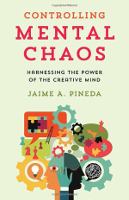 Readers will learn how to use simple, time-tested techniques to control anxiety and recover their creative nature.
Readers will learn how to use simple, time-tested techniques to control anxiety and recover their creative nature.
For centuries, spirituality has told us that the answer to life’s problems lies within us, if only we would realize that we are more than what we imagine. Now, scientific understanding is showing us the way. Jaime Pineda teaches us how to recognize the basic problem and find the solution through a series of steps and techniques that help bring us out of the loops and recover a cleaner mindset that enables us to move beyond the static of anxiety.
For more info and/or to order this hardcover book, click here. Also available as a Kindle edition.
About the Author
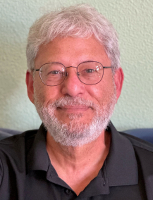 Jaime A. Pineda, PhD is Professor of Cognitive Science, Neuroscience, and Psychiatry at the University of California, San Diego, and the author of many widely cited papers in animal and human cognitive and systems neuroscience, as well as two books of poetry on mind-brain relationships with an emphasis on spirituality, mysticism, environmentalism, and social activism.
Jaime A. Pineda, PhD is Professor of Cognitive Science, Neuroscience, and Psychiatry at the University of California, San Diego, and the author of many widely cited papers in animal and human cognitive and systems neuroscience, as well as two books of poetry on mind-brain relationships with an emphasis on spirituality, mysticism, environmentalism, and social activism.
Learn more at the author’s website. His new book is Controlling Mental Chaos: Harnessing the Power of the Creative Mind.























